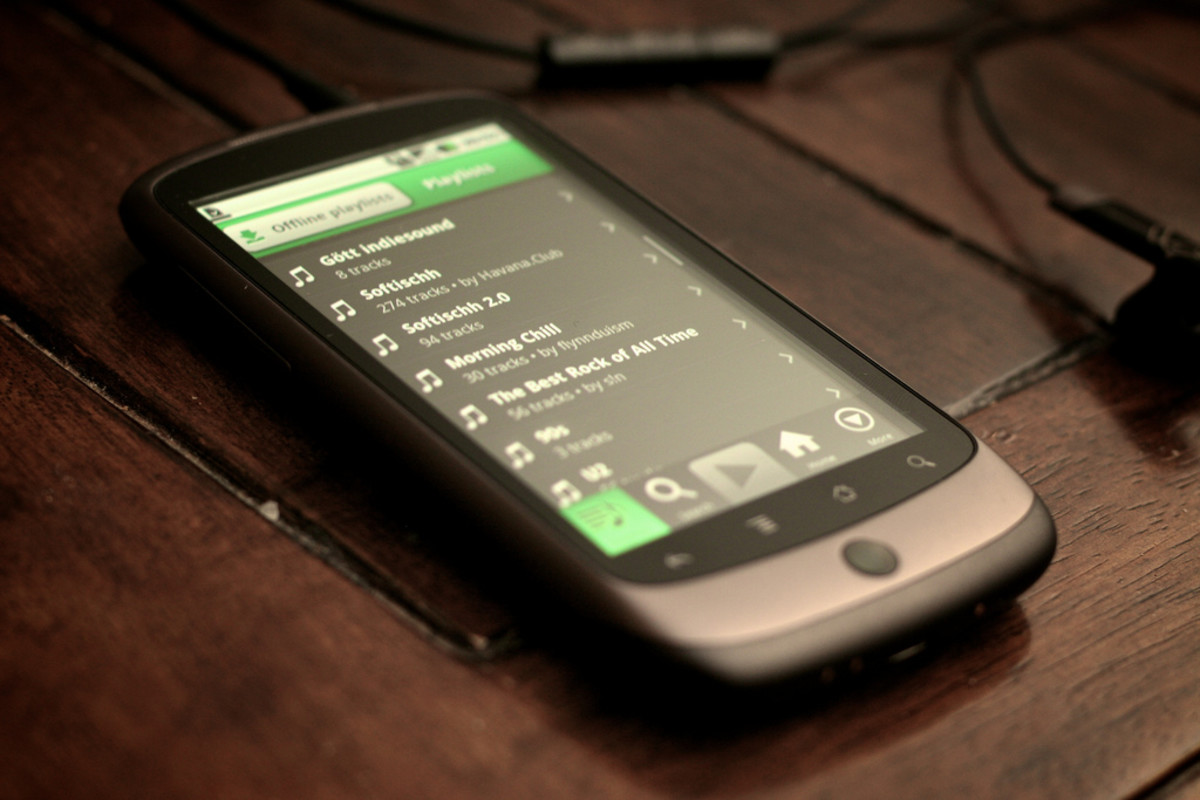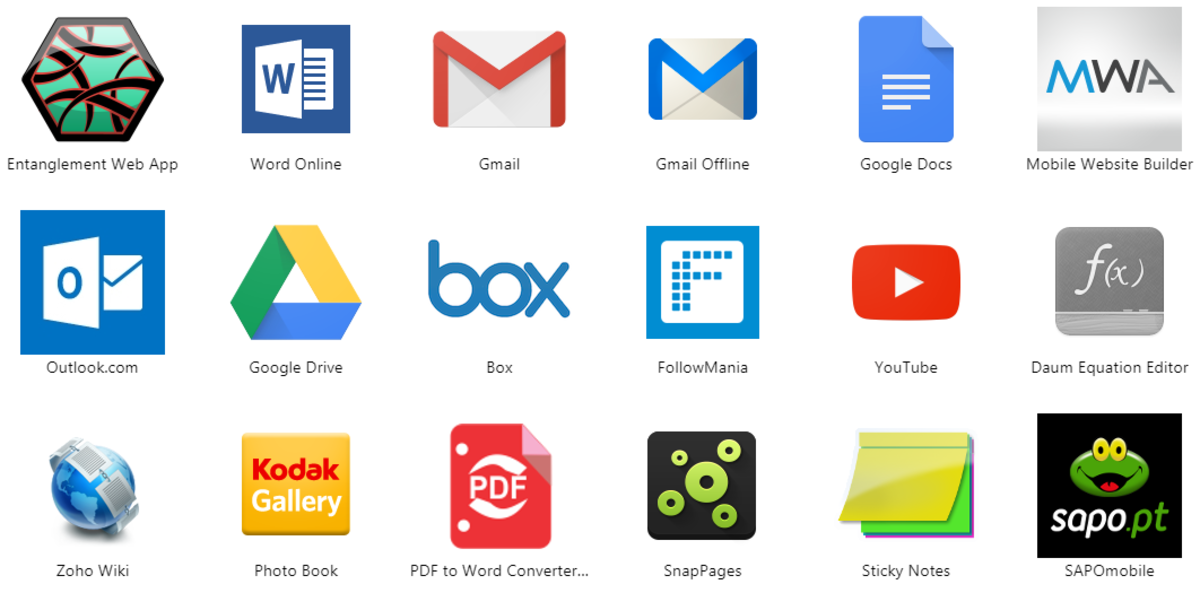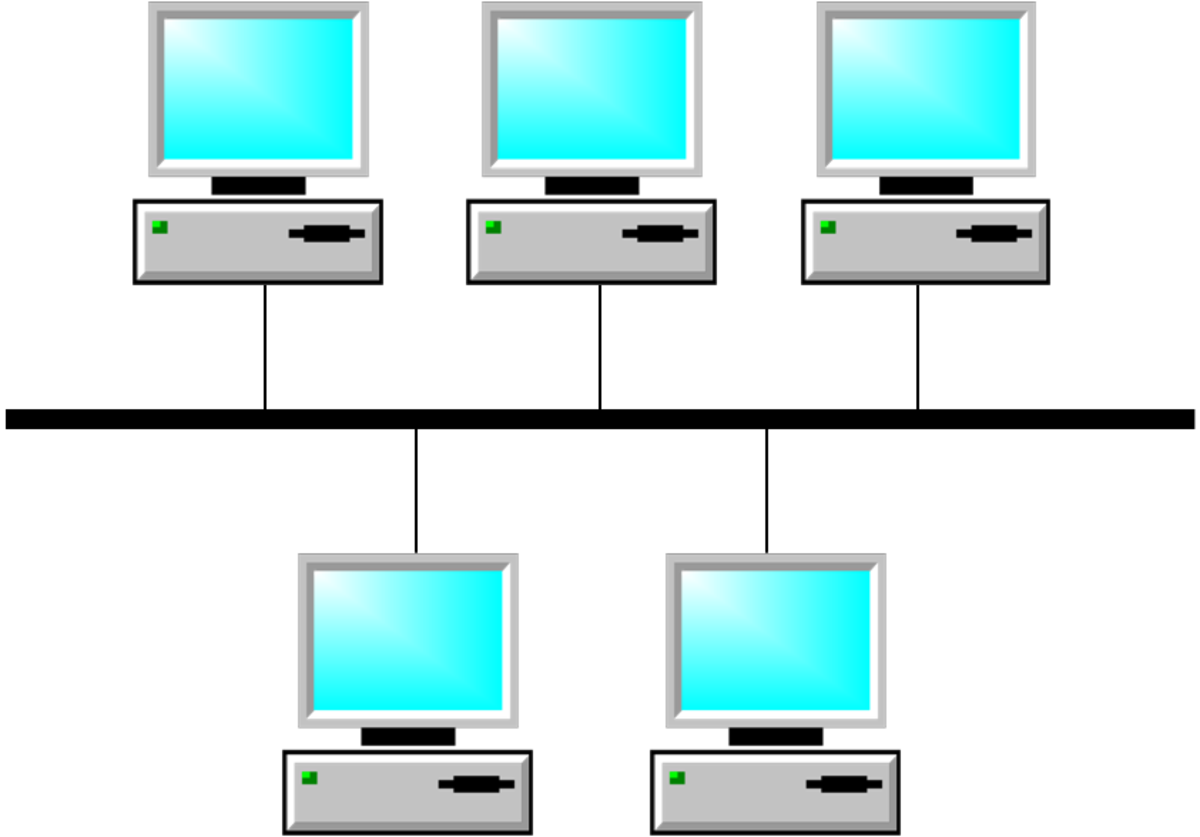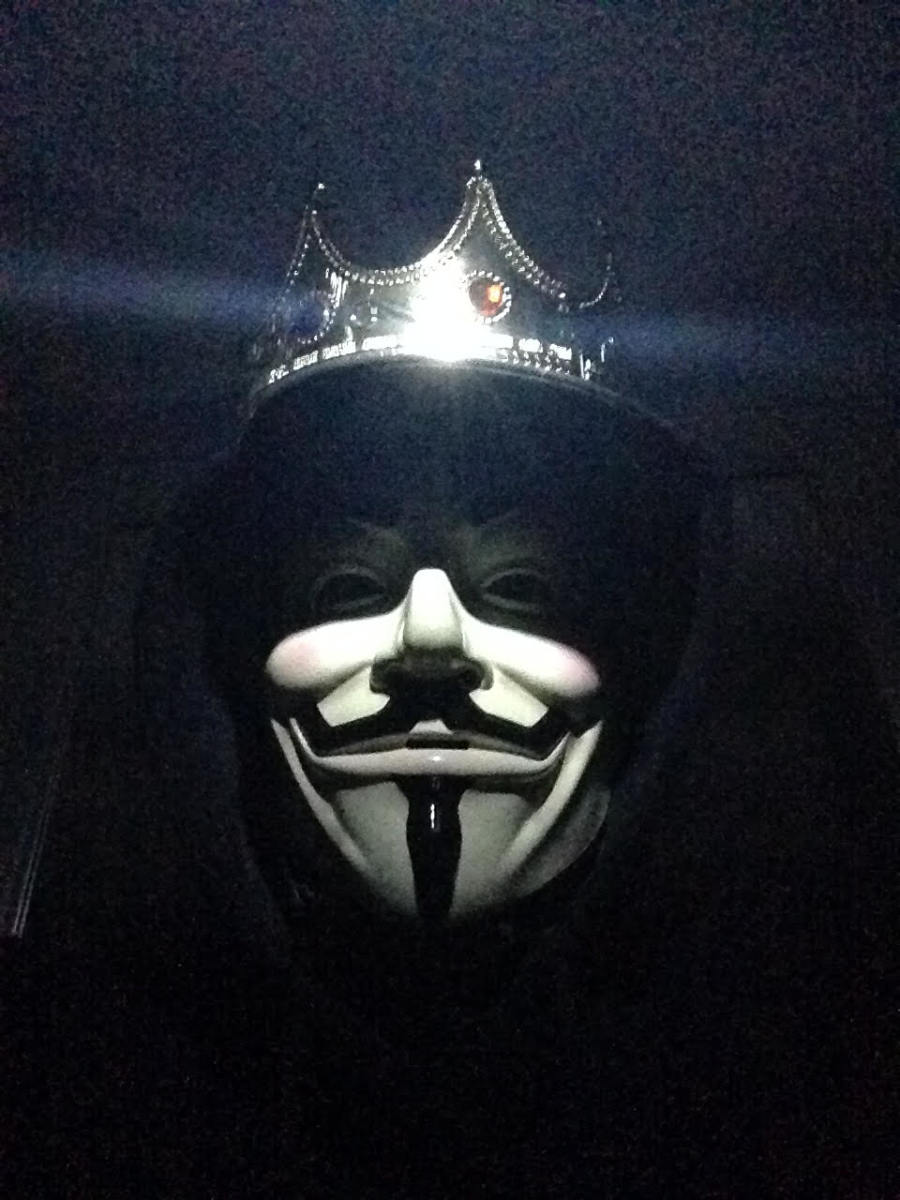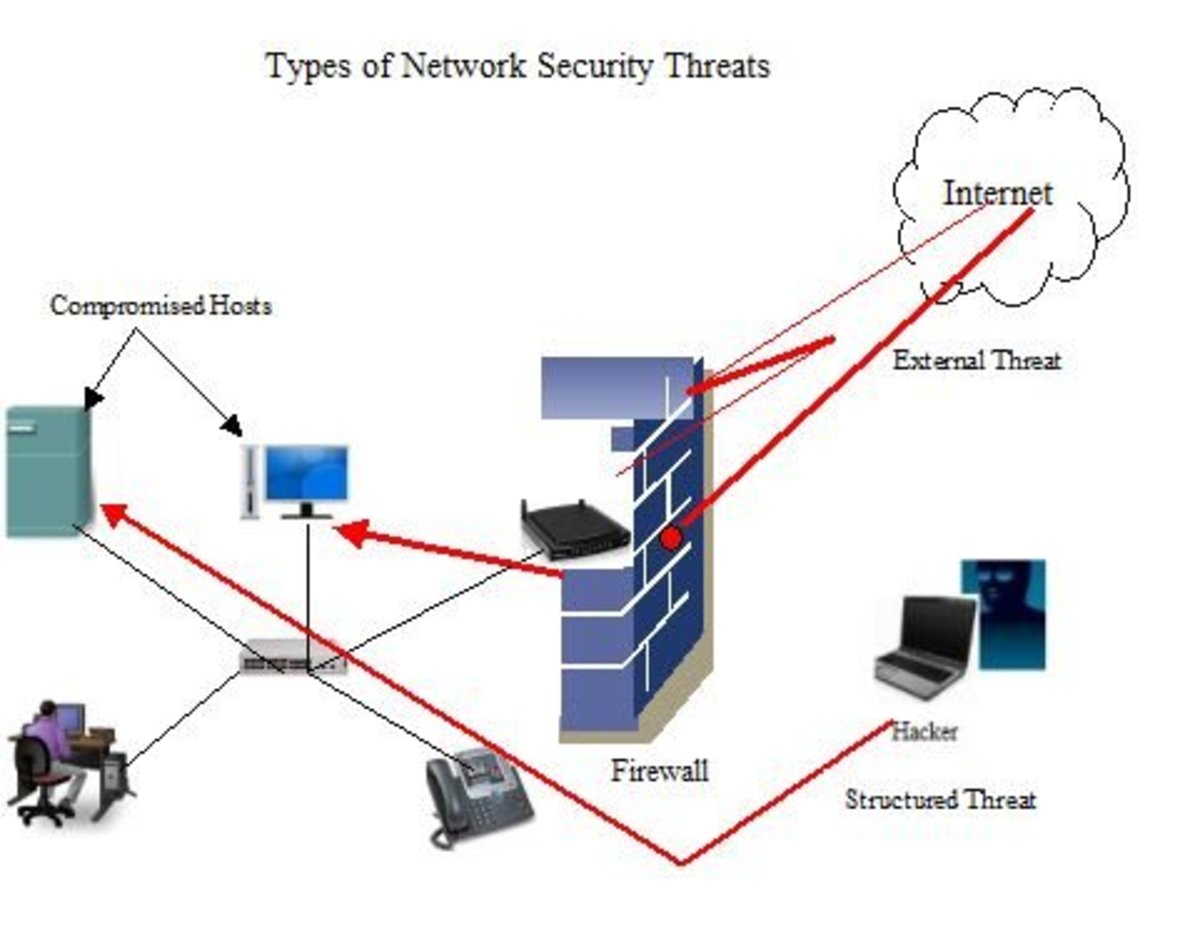Nude Snapchat Images Put Online

Nude Snapchat Images Put Online by Hackers
BBC Technology News
10 October 2014
As you may know, Snapchat is a mobile phone application that allows users to send instant chat messages with instant video or photographs to each other. Videos and photographs are deleted from the Snapchat servers and the recipient’s phone after a very short period of time, typically 10 seconds. The idea being that visual communications are far more personal than just the text of a message or an email. Have a look at Snapchat’s promotional video. The application does look like a great, modern way to communicate:
Snapchat Promotion Video
But:
More than half of Snapchat’s users are between 13 and 17. The likelihood of images being sent that are of an inappropriate nature is much higher than it would be for a user base with a higher average age.
Because the short amount of time Snapchat images exist on the recipient’s device - at most, 10 seconds, children of this age range will be thinking there is no harm in sending such images. However, when they were developing the application, Snapchat colleagues were quick to point out that the recipient could easily take a screenshot of the image. “That led us to the notion of deletion by default – you keep what you want, and we’ll get rid of everything else!”
There are, however, a few third-party applications that do allow the Snapchat images, videos and conversations to be stored indefinitely - either on your device or their own servers. And if one of these apps is used to record the Snapchat conversation, then the security of your conversation - images and all, is out of the control of Snapchat themselves.
Herein lies the problem. The news story about Snapchat images, collected over a number of years and being put online by hackers - with more to follow, hit the headlines.
However, Snapchat said its servers "were never breached.
"Snapchatters were victimised by their use of third-party apps to send and receive Snaps, a practice that we expressly prohibit in our Terms of Use precisely because they compromise our users' security.
"We vigilantly monitor the App Store and Google Play for illegal third-party apps and have succeeded in getting many of these removed."
Following the news story, Snapsaved.com (not Snapchat), a third party company who developed an application that does allow Snapchat conversations, photos and videos to be saved and stored online, admitted that it was their servers that were breached, not the servers owned by Snapchat, themselves.
On their Facebook page, Snapsaved.com said:
“We had a misconfiguration in our Apache server. SnapChat has not been hacked, and these images do not originate from their database.
“As soon as we discovered the breach in our systems, we immediately deleted the entire website and the database.
The images downloaded from Snapsaved.com’s web servers amounted to some 200,000 images. Considering the title of this article, this sounds terrible. But as is typical of the press, the story has been sensationalised in order to grab the headlines. The assumption is that all of these images were of nude teenagers and that the images would get into the hands of child pornographers and sold on the Dark Web.
The truth is that the leaked images appear to have been of everyday events such as a bike ride or of somebody walking their dog. It seems there was little or no child pornography in the data that was downloaded.
So that’s it then, storm in a teacup, as usual? Well, no! That’s not the point. The press, quite rightly, shouted from the roof tops:
“Explicit images believed to have been sent through messaging service Snapchat were reportedly put online, with threats from hackers to upload more.” - BBC Technology News - 10 October 2014
The point is that images, no matter what they were of, were downloaded by someone other than the intended recipient. There is a very important lesson to be learnt from this story:
The Dangers of Sending Personal or Private Images across the Internet
The point is that you cannot guarantee the privacy of anything you send through the internet or store online - by whatever means. The recent news stories about nude celebrity pictures demonstrates this: Exactly the same problem, but with online services totally unconnected with Snapchat:
http://www.bbc.co.uk/newsbeat/29008876
Mary Elizabeth Winstead said of the nude pictures of her that were leaked:
"Knowing those photos were deleted long ago, I can only imagine the creepy effort that went into this. Feeling for everyone who got hacked."
You can, perhaps, forgive Mary Elizabeth Winstead here, because she believed she had deleted the images. But the fact is, once sent across the internet, you have absolutely no control whatsoever over those images. The image might exist on a backup somewhere or have been copied by somebody. Snapchat is, perhaps one of the best services of this type because it deletes the images from it’s servers and the recipient’s device almost immediately, but they can’t stop screenshots or photographs of the image being taken. The new image can then be posted wherever the person likes - without any knowledge of the owner of the original image.
It’s probably not too much of a problem for celebrities; a bit embarrassing perhaps - not much more than that, you could argue. For them, the worst thing, I am sure, is the hate mail they receive on social media sites like Facebook and Twitter.
Think of the Children…
With the ever growing interconnected world we live in, it is, indeed, the children we should be thinking of. With the ease with which images or videos can be put online and many mobile applications doing this by default, it would be an impossible task to ensure that all of the mobile applications or online services could guarantee the privacy and security of your data. So what to do?
Education, Education, Education! Understanding the dangers and assessing the risks is something we do every day from crossing the road to investing in some stock portfolio and as we get older, we become better at assessing the risk and making informed decisions.
The Internet City
Likening the Internet, as a whole, to a city makes it much easier to explain and understand all of the dangers (and all that is great) about the internet.
From an early age, we teach our children that they shouldn’t talk to strangers. Why not? Well, in a city, the reasons should be obvious: You don’t know who they are or what their intentions are. With reference to the Snapchat or “Nude Celeb” stories, you wouldn’t take a nude photograph of yourself, give the photograph to a stranger and ask him to pass the photograph to your intended recipient. Even if the man could be trusted to deliver your message securely, you don’t know if he could be attacked on the way and then find your picture has fallen into the wrong hands. On the other hand, if the messenger was not trustworthy, how do we know he isn’t going to copy your photograph and give copies to his friends. You would know the recipient had received the message, but would not know copies had been taken.
The moral of the story is simple. If you don’t want the picture to fall into the wrong hands, don’t post it online or send it via an online service. Ideally, don’t take the picture on a mobile device of any sort. Better yet! Don’t take the picture in the first place.


